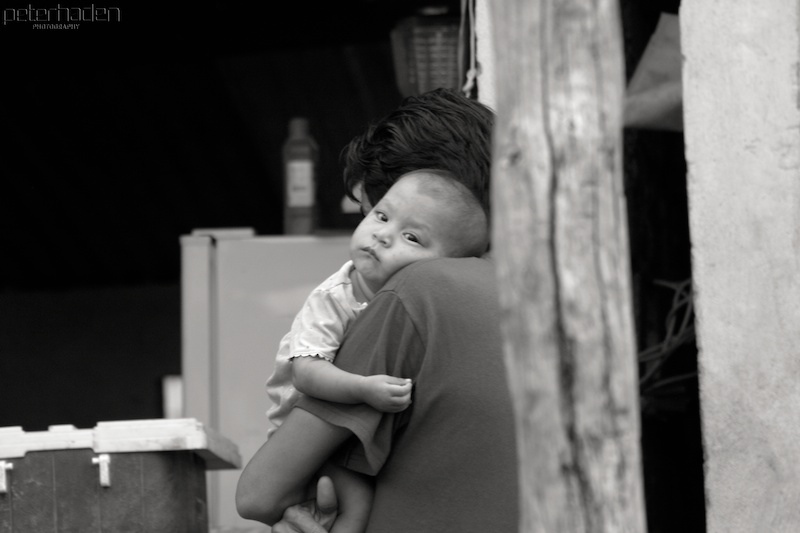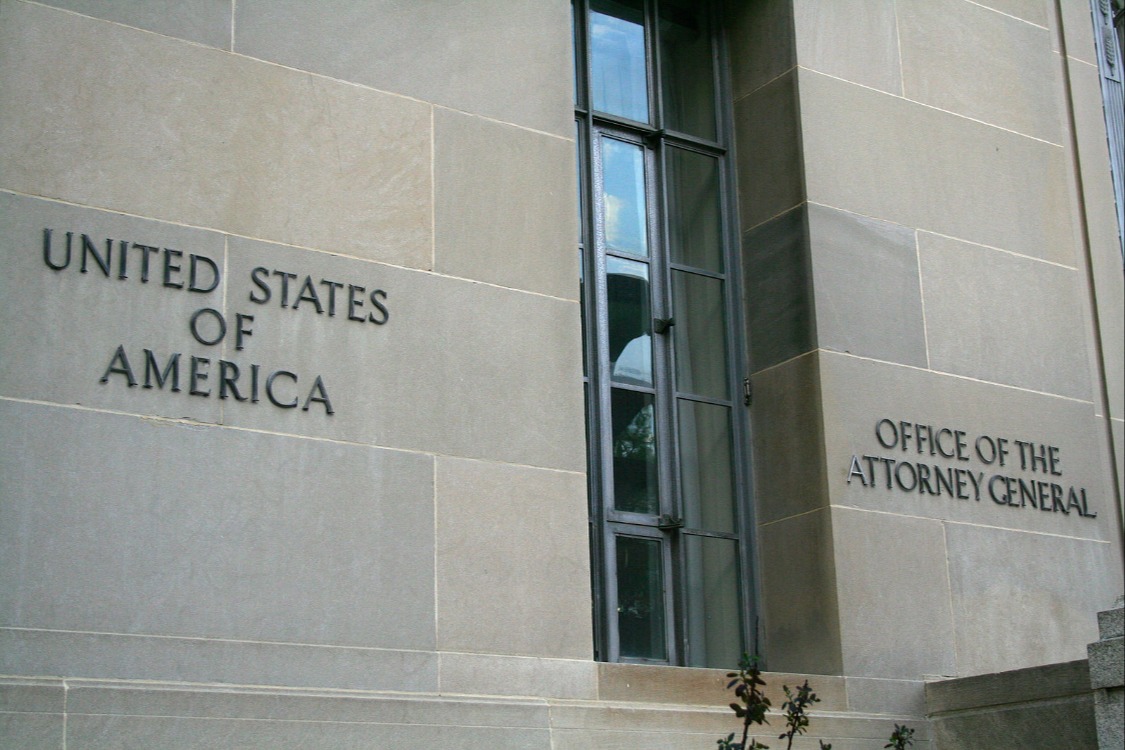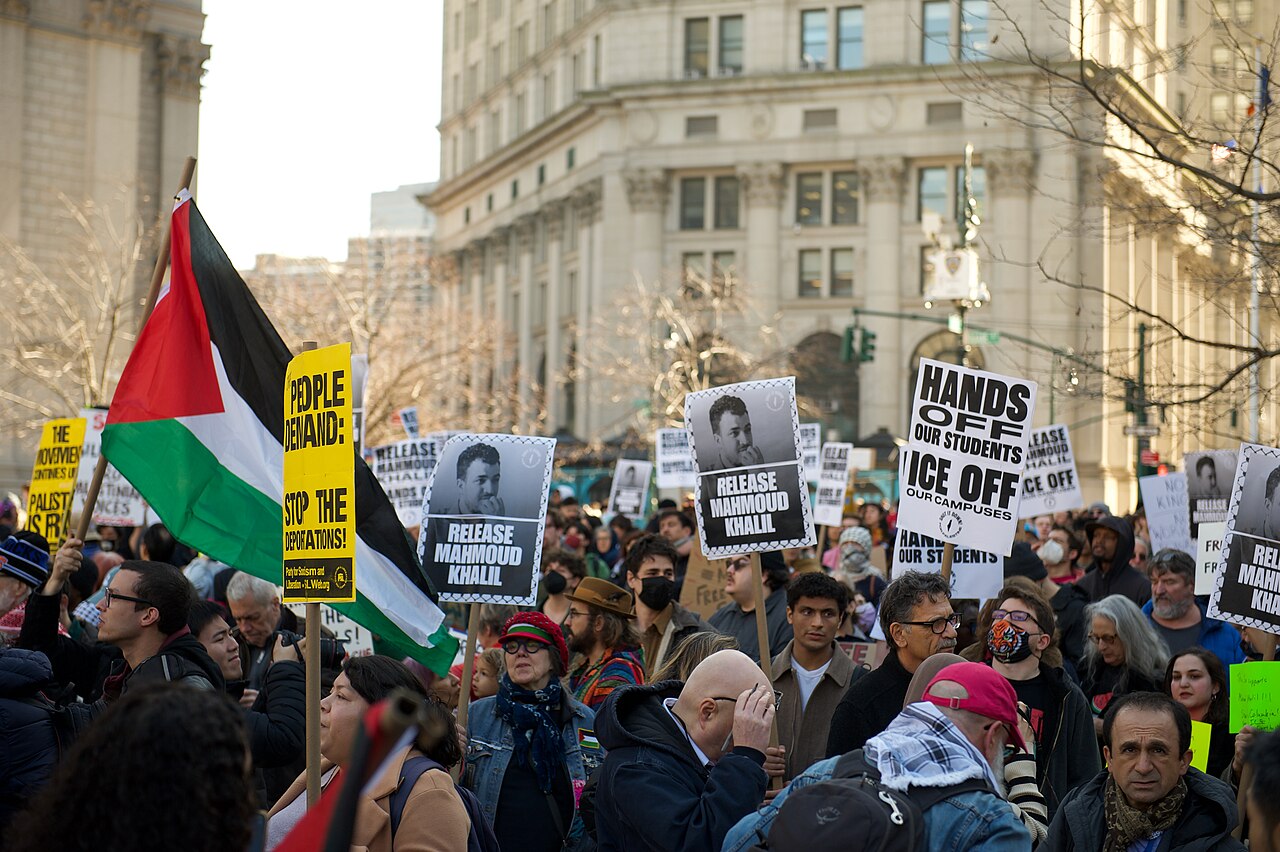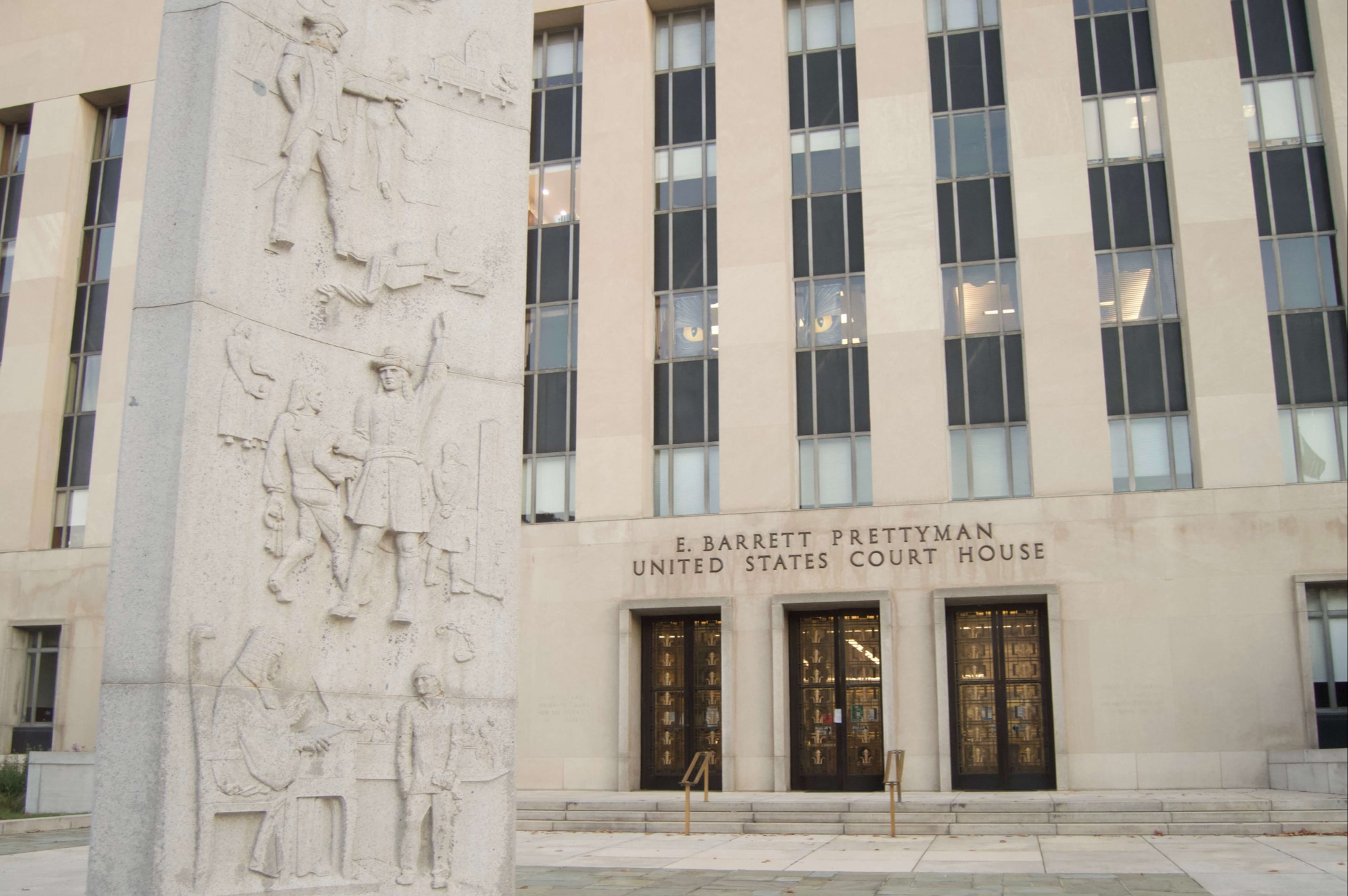A 'Safe Third Country' Agreement With Mexico Won’t Fix U.S. Migratory Challenges
The Trump administration’s efforts to establish a “zero tolerance policy” prosecuting all irregular border-crossers ended in high-profile disarray but the fallout continues. Months after the president signed an executive order halting the family separations that his administration had implemented, more than 500 children still wait to be reunited with their parents.

Published by The Lawfare Institute
in Cooperation With

The Trump administration’s efforts to establish a “zero tolerance policy” prosecuting all irregular border-crossers ended in high-profile disarray but the fallout continues. Months after the president signed an executive order halting the family separations that his administration had implemented, more than 500 children still wait to be reunited with their parents. The policy aimed to deter migrants by adding consequences for irregular entry and to push asylum seekers into making their claims at ports of entry; the impact generated a flurry of national and international news. Meanwhile, the Trump administration has quietly been seeking a more drastic approach to reduce Central American migration to the United States through a “safe third country” agreement with Mexico.
Such an agreement would, as the name suggests, designate Mexico as a safe country to receive asylum seekers and would bar almost any asylum seeker who sets foot on Mexican soil from later lodging a claim in the United States. The United States already has an accord with Canada—the 2002 Safe Third Country Agreement—that entered into force in 2004 and that requires asylum seekers arriving in one of the two countries to make their claims in their first country of arrival. Any potential U.S. agreement with Mexico is likely to pull from this blueprint or other international precedents. The latter include the Dublin Regulation, which requires asylum seekers arriving in the European Union to register their claims in the first country of arrival, and the 2016 agreement that sends Syrians back to Turkey if they arrive in Greece via the Mediterranean Sea.
While the possibility of a U.S.-Mexico safe-third-country agreement hasn’t generated much public attention in either nation, the Trump administration has consistently promoted the idea to Mexican officials. The push began in April, as hundreds of migrants traveling in a caravan headed through Mexico to the United States. Homeland Security Secretary Kirstjen Nielsen released a statement that month saying that the Department of Homeland Security “encourages persons with asylum or other similar claims to seek protections in the first safe country they enter, including Mexico.” Nielsen repeated this message during her May 15 testimony to the Senate Appropriations Subcommittee on Homeland Security. This encouragement eventually evolved into a more binding policy proposal, with U.S. and Mexican officials discussing a potential safe-third-country agreement during U.S. officials’ trip to Mexico in May and in a subsequent trip in July.
Overall, Mexican officials have largely rejected the idea. In July, Mexican Foreign Minister Luis Videgaray released a letter opposing the proposal, saying that “[Mexico] would not be able to attend to refugee claims as a third country, like the United States has proposed on previous occasions.” But even if the Trump administration were able to sway these officials into some type of approval, a safe-third-country agreement would create a multitude of legal and logistical challenges in the region—likely with little benefit.
First, there is the question of whether Mexico could even be labeled a safe country, given its own security and human rights challenges. Homicides have soared in recent years, with more than 25,000 murder cases opened in 2017—the most of any year since Mexico began publishing data in 1997. The violence has not only changed Mexicans’ lives at home but also has pushed thousands of people to seek asylum in the United States. In 2016 alone, 12,800 Mexicans filed applications (the second-highest number, after El Salvador). It is hard to see how the U.S. government can formally recognize a country as safe while thousands of its citizens are filing asylum claims in U.S. courts.
Yet if Mexico’s security situation is bad for Mexicans, it is even worse for irregular migrants passing through the country or waiting for their asylum-claim determinations. While an estimated 96 percent of crimes committed in Mexico do not end in a conviction, the share is closer to 99 percent when it comes to crimes committed against migrants. These victims include the hundreds of migrants who have been murdered over the past decade—figures sourced to state government data that we have received via transparency requests—and tens of thousands of migrants who have been kidnapped and held for ransom in almost every state across Mexico. Meanwhile, the Mexican police and state agencies charged with providing security are often the very actors robbing migrants, charging them fees in order to pass, or handing them over to criminal groups who tax or victimize migrants.
Second, Mexico’s system for processing refugee-status claims is not prepared to receive an increase in asylum applications. COMAR, the Mexican agency tasked with processing such claims, received 14,596 applications in 2017—the highest number on record for a single year. To process these applications, the agency relied on only 28 officers and a budget of around $20 million Mexican pesos (that’s just $1.07 million in U.S. dollars). The lack of personnel and resources have created a backlog: More than half of the 2017 applications are still not resolved. By comparison, the United States received more than 100,000 asylum applications last fiscal year. While a safe-third-country agreement with Mexico would not affect all of these U.S. asylum cases, some would surely be shifted to Mexico—overwhelming an already-strained system. This would also put Mexico at risk of not being able to fulfill its own refugee-protection obligations and, subsequently, its ability to serve as a safe third country.
Third, if the proposed agreement looks anything like the U.S.-Canada agreement, it would likely contain various exceptions. The U.S.-Canada agreement includes exemptions for unaccompanied minors (in accordance with the U.N. Convention on the Rights of the Child), asylum-seekers who have a family member legally in the United States, and asylum-seekers holding a valid U.S. visa. If officials use this accord as a blueprint for a U.S.-Mexico agreement, these exceptions could ultimately constitute a significant portion of the overall asylum cases presented, as unaccompanied children alone accounted for 19 percent of Central Americans arriving at the U.S.-Mexico border in fiscal 2017. During the first year of the U.S.-Canada agreement, roughly 75 percent of asylum seekers at the shared border qualified for one of the agreement’s exemptions.
These carve-outs would generate bureaucratic challenges in a U.S.-Mexico context. Migration officials in both countries would need to determine both the validity of asylum claims and the appropriate country in which to make those claims. What’s more, the United States would likely need to secure additional changes to be able to deport Central Americans back to Mexico to seek asylum.
No matter how the United States spins it, it is hard to see how a safe-third-country agreement with Mexico would help to streamline or improve current processes or alleviate regional migratory pressures. The Trump administration’s promotion of such an agreement is not framed around burden sharing or addressing root causes but more narrowly focused on moving a significant portion of asylum decisions south of the U.S. border. Other facets of U.S. policy for addressing Central American migration—such as the Alliance for Prosperity, which provides economic and security assistance to Honduras, Guatemala and El Salvador—have sought to bring in Mexico as a partner. But the Trump administration’s language surrounding the recent safe-third-country proposals has notably not incorporated this idea of working together on a shared challenge.
The larger problem here is that zero-tolerance, safe-third-country agreements, and other deterrence policies are being presented as solutions to migration issues. They are not. None of these policies will solve the challenges surrounding migration nor eliminate the flow of migrants. Rather, moving forward on these challenges means addressing the structural issues that are driving migrants to leave Central America, the factors pulling them to the United States, and a lack of legal pathways to bridge the gap. Any migration policy that adds layers of enforcement and bureaucracy; requires extensive cross-border coordination across multiple agencies; and does not address the broader forces at play is unlikely to achieve its objectives. Instead, a safe-third-country agreement is more suitably described as a recipe for a logistical, legal and humanitarian headache.






